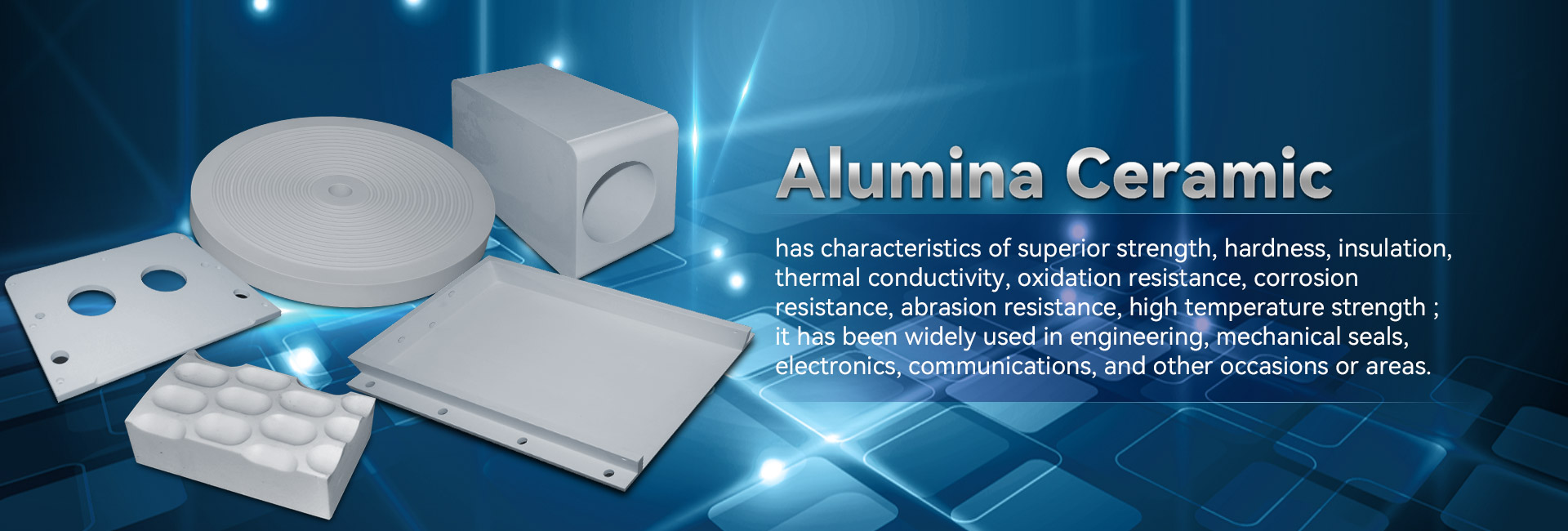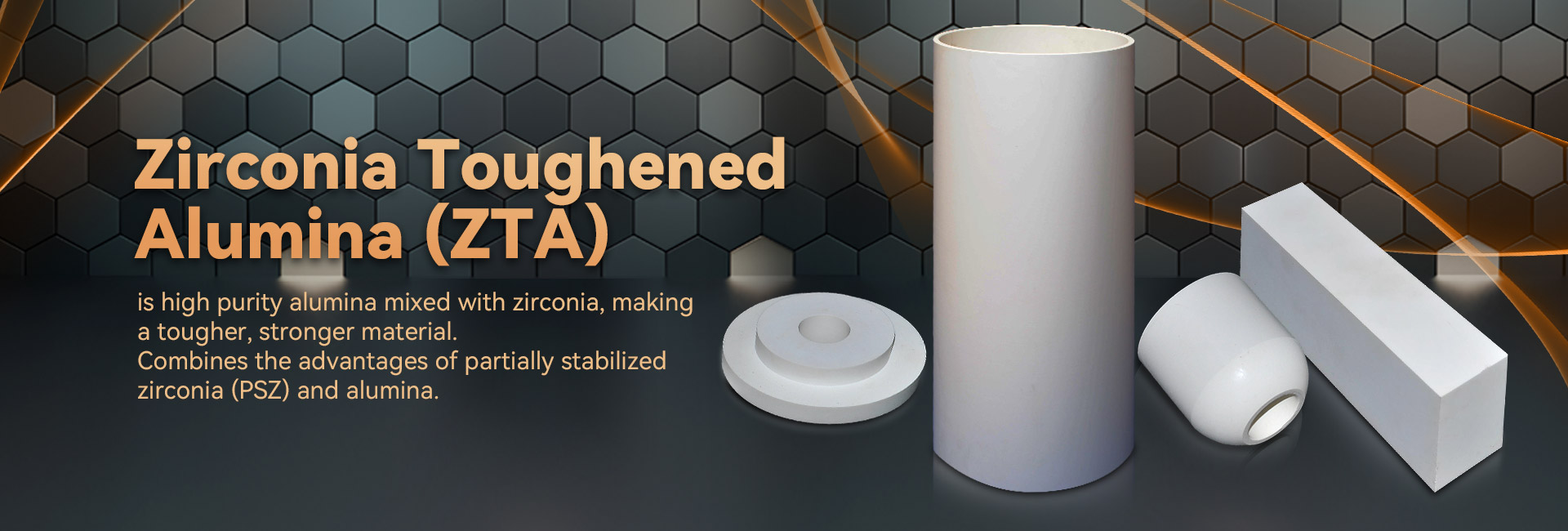
Advanced element exhibit extraordinary mechanical properties, considering them optimal for a diverse variety of applications. Stemming from aerospace and cars to electronic equipment, these elements are unceasingly progressing to ceramic tube meet the expectations of a progressive society.
- Their fortitude and antagonism to drastic heat levels make them indispensable for top-tier units.
- Besides, technical ceramics provide positive attributes in terms of longevity, supporting the progress of state-of-the-art systems.
Constructing Composites: Assembled for Premium Capability
Crafted ceramics excel in stringent scenarios due to their extraordinary attributes. Designed from handpicked raw inputs and treated by strict processing operations, these leading materials present peerless robustness, deterioration resistance, and endurance to harsh atmospheres, rusting, and grinding. From aerospace parts to machining tools, industrial ceramics contribute unmatched functionality across diverse domains. Their adaptability allows withstanding extreme situations, guaranteeing endurance and stability. As advancement progresses, the requirement for cutting-edge compounds grows, cementing the fundamental status of industrial ceramics in shaping a fortified age.
Innovative Ceramics: Scaling Material Frontiers
Compounds, revealing extraordinary hardness and lastingness, are undergoing a revolution. Innovative ceramics, created with scrupulous control over their structure and fine structure, breaking the edges of the sum of imaginable. These composites showcase a comprehensive assortment of features, originating them ideal for critical fields such as orbital, healthcare, and resources. From weighted minimally parts that withstand extreme warmth to medical-grade implants that fuse fast with the anatomy, advanced ceramics are reshaping our environment.
Strict Ceramic Fabrication: Handling Rigorous Demands
Engineered ceramic fabrication has improved decisively in recent times, granting the design of multi-dimensional and highly useful ceramic products. These items are key across a diverse range of realms, including aviation, therapeutic, and instrument domains. Handling the stringent benchmarks for these functions calls for meticulous fabrication techniques that support dimensional exactness, surface smoothness, and material properties. Next-generation ceramic fabrication processes implement different methods, including slip casting, injection molding, and additive manufacturing. These practices support the construction of detailed shapes and precise components with outstanding constancy. Above all, advances in material technology have produced new ceramic compounds endowed with strengthened traits. These structures display increased resilience, longevity, and tolerance to drastic energy conditions, allowing their use in specialized sectors.
The possibilities for careful ceramic fabrication are significant. As investigations and advancement continue, we can look forward to even more refined strategies and structures that will besides push the edges of what is feasible in this domain.
Premium Ceramic Elements for Challenging Settings
Functional ceramic ingredients provide extraordinary durability and antagonism against rigorous circumstances, making them fitting for critical functions in energy sectors. These state-of-the-art ceramics can bear excessive climatic loads, withstand deterioration, and sustain their robustness under rigorous operational loads. Their distinctive nanostructural essentials support trusted performance in hostile conditions, including thermal devices, power units, and nuclear plants.
- Specialized ceramic compounds
- Thermal resistance
- Low-weight construction
Ceramic Blends: Fusing Sturdiness and Applicability
Blended materials convey a compelling mix of mechanical toughness and distinct specialized capacities. Through the blending of ceramic elements within a foundation, these alloys achieve notable performance. This merge results in heightened defense against high heat, wearing, and chemical degradation, rendering them ideal for rigorous uses in flight, motoring, and electricity arenas. Furthermore, ceramic composites can be adapted to possess particular properties like electrical conductivity or biocompatibility, extending their scope across diverse industries.
Atomic Governance in Next-Generation Ceramics
Securing intended features in modern ceramics routinely calls for careful supervision over their fine formation. A variety of manufacturing specifications, including sintering heating point, time, and atmosphere, alongside the inclusion of dopants or secondary phases, significantly determine the organization of grains, interstices, and other microstructural qualities. Exact fine-tuning of these elements allows for the increase of toughness, rupture resistance, and thermokinetic conductivity. To illustrate, increasing the sintering thermal setting can boost grain expansion, thus increasing solidity and improving mechanical rigidity. Conversely, managing the firing atmosphere may impact the oxidation condition of the ceramic, thereby influencing its electrical current flow or magnetic specs. Comprehending these relationships between microstructure and properties is necessary for creating advanced ceramics with optimized characteristics suitable for varied roles.
Hardness-Boosting Ceramics: Elevating Durability
In taxing industrial sectors, where modules are forced to constant grinding and wearing, compounds with exceptional abrasion resistance are urgently required. Wear-resistant ceramics have arisen as a leading solution, affording unparalleled robustness and efficiency in varied fields such as assembly, mining, and aerospace. These advanced products possess a rare internal formation that strengthens their ability to oppose degradation. By applying the intrinsic resilience and compression of ceramic elements, engineers can develop tough items capable of withstanding the most rigorous operating environments.
Bio-Compatible Structures: Uses in Medical Science
Living tissue-compatible ceramics have reshaped the medical market, presenting an array of beneficial traits for many roles. These materials are chemically neutral within the anatomy, minimizing allergic responses and aiding recovery. A prime task for biocompatible ceramics is in orthopedic implants, where their rigidity sustains long-lasting backing to damaged flesh.
Additionally, they are employed in dentistry, supplying a long-lasting and attractive solution for oral reconstruction. Ceramics also hold a key function in controlled release technologies, granting the focused administration of medication to specific regions within the physiology.
- Additionally, biocompatible ceramics are repeatedly being researched for tissue engineering, serving as a scaffold for recovery.
- Therefore, the path forward of biocompatible ceramics in therapeutics looks promising, with continual explorations expanding their applications.
Advanced Ceramic Sensors: Improving Precise Evaluations
Sensitive ceramic devices have materialized as principal elements across a extensive array of markets. These gadgets capitalize on the distinctive features of ceramic elements to deliver highly exact calculations. Their hardiness in {demanding|harsh| 